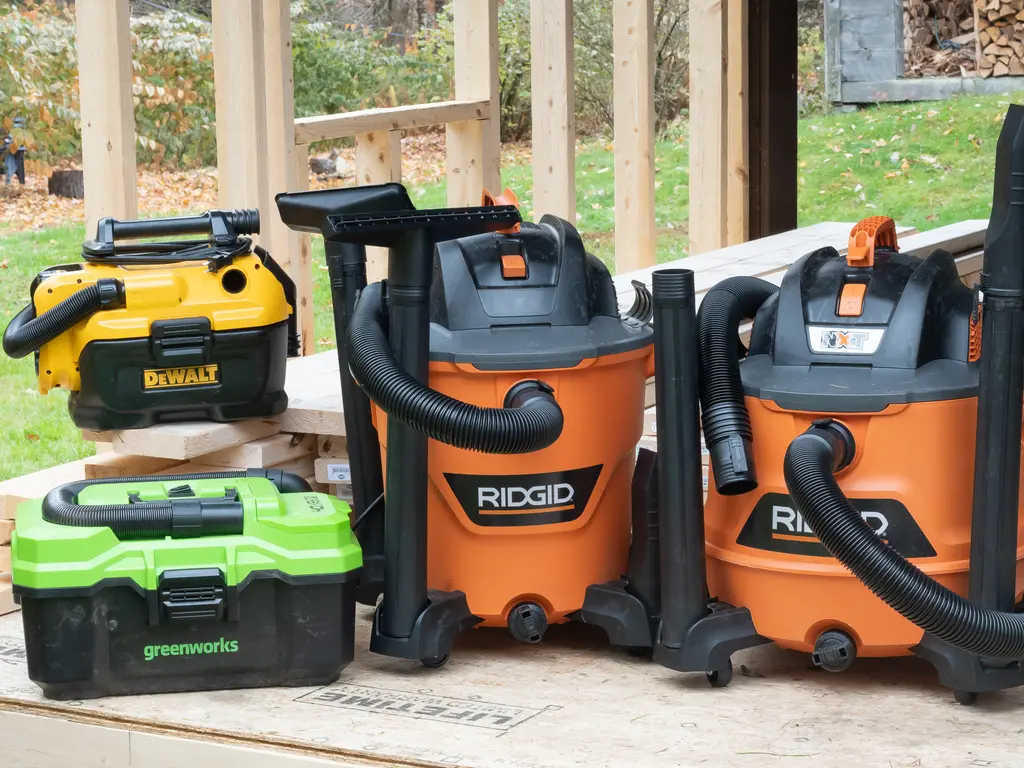
A wet dry vacuum cleaner is one of the most versatile cleaning tools you can own. It’s designed to handle everything from dry debris to liquid spills, making it ideal for homes, workshops, garages, and even outdoor areas. But with so many models and features on the market in 2025, choosing the right one can be confusing. This guide outlines the most important factors to consider when buying a wet dry vacuum cleaner.
- Understand Your Cleaning Needs
Before you buy, ask yourself where and how you plan to use the vacuum. Do you need it for light household use, such as cleaning up after pets or children? Or do you nass trockensauger need a heavy-duty model for garage and workshop debris? Understanding your use case will help determine the size, power, and features you require. - Tank Capacity
Wet dry vacuums come in a range of sizes, typically from 2 gallons up to 20 gallons or more.
Small (2–6 gallons): Best for indoor home use or car detailing.
Medium (8–14 gallons): Ideal for garage and workshop messes.
Large (16+ gallons): Suitable for major cleanups, flooding, or industrial use.
Larger tanks mean fewer trips to empty, but they’re bulkier to store and move.
- Motor Power (Suction Strength)
The motor’s horsepower (HP) or peak HP indicates suction strength. A more powerful motor can lift heavier debris and handle wet spills efficiently. For light cleaning, 2–4 HP is sufficient. For bigger messes, aim for 5 HP or more. - Hose Size and Attachments
A wider hose diameter (2–2.5 inches) helps prevent clogs and allows for larger debris intake. Check the length too—longer hoses provide better reach. Look for models with useful attachments like extension wands, crevice tools, and squeegee heads for cleaning liquid messes. - Filter Options
Filtration matters, especially if you’re working around fine dust or allergens.
Foam filters are used for wet pickups.
Cartridge filters or HEPA filters are ideal for dry messes and allergens.
Some models include dual filtration systems for both wet and dry use without switching filters.
- Portability and Storage
Wheels, carry handles, and compact designs make vacuums easier to move and store. Cordless models offer more flexibility but may lack power or battery life compared to corded units. - Additional Features
Look for extras like:
Blower function: Converts the vacuum into a blower for leaves and debris.
Drain ports: Make it easier to empty collected water.
Noise reduction: Quieter models are better for indoor use.
Cord wrap/storage caddy: Keeps accessories organized.
- Price and Brand Reliability
Wet dry vacuums vary in price from $50 to over $300, depending on size and features. Stick with reputable brands like Shop-Vac, Craftsman, RIDGID, Bissell, or DeWALT for durability and service support.
Conclusion
A wet dry vacuum cleaner is a smart investment for any home or garage. By understanding your cleaning needs and knowing which features matter most, you can choose a model that offers power, convenience, and value. With the right vacuum, no mess is too big or too wet to handle.

